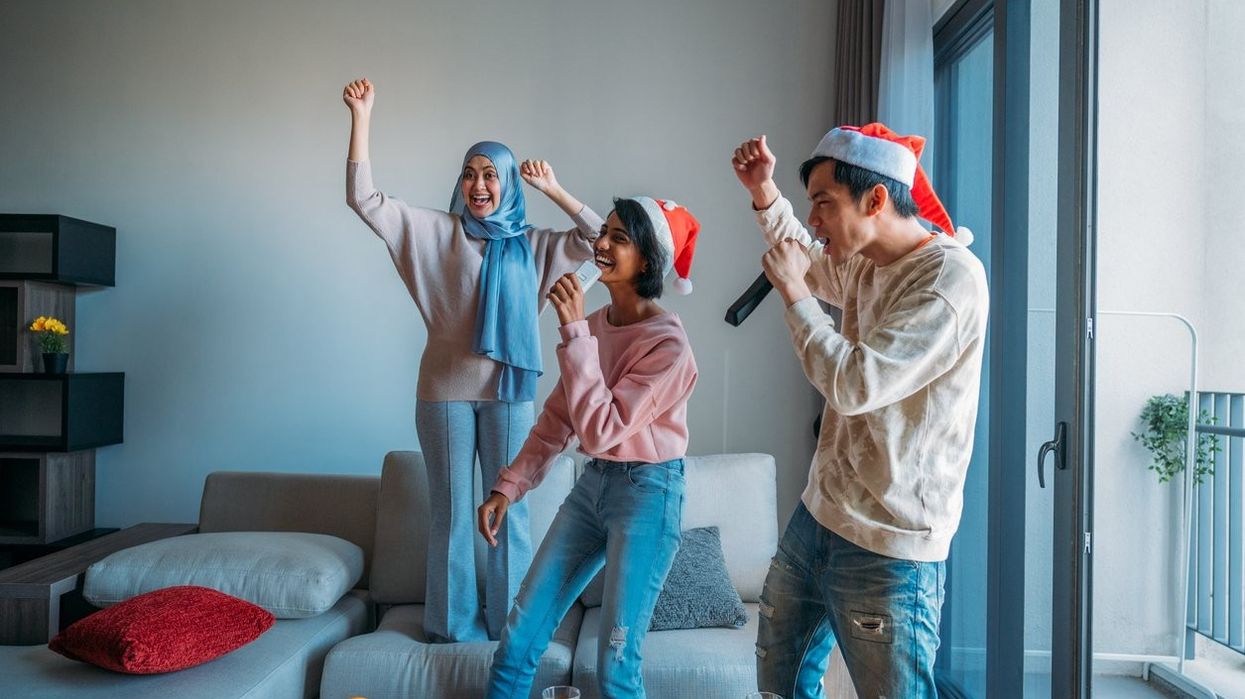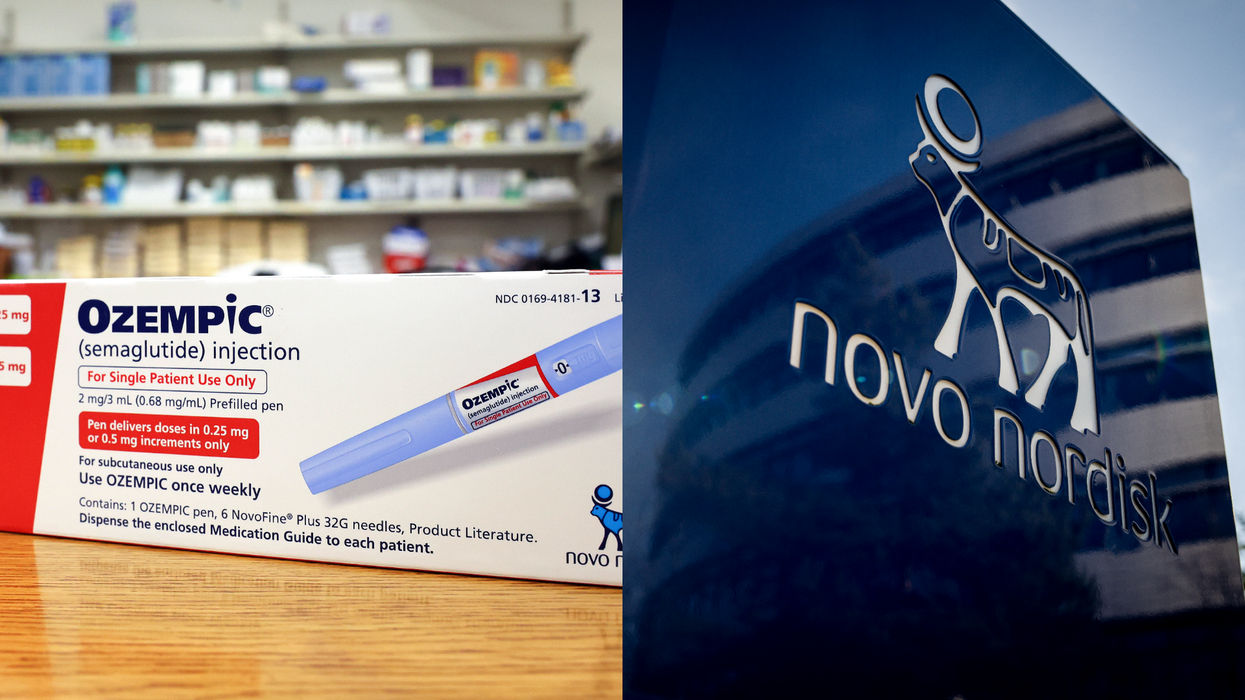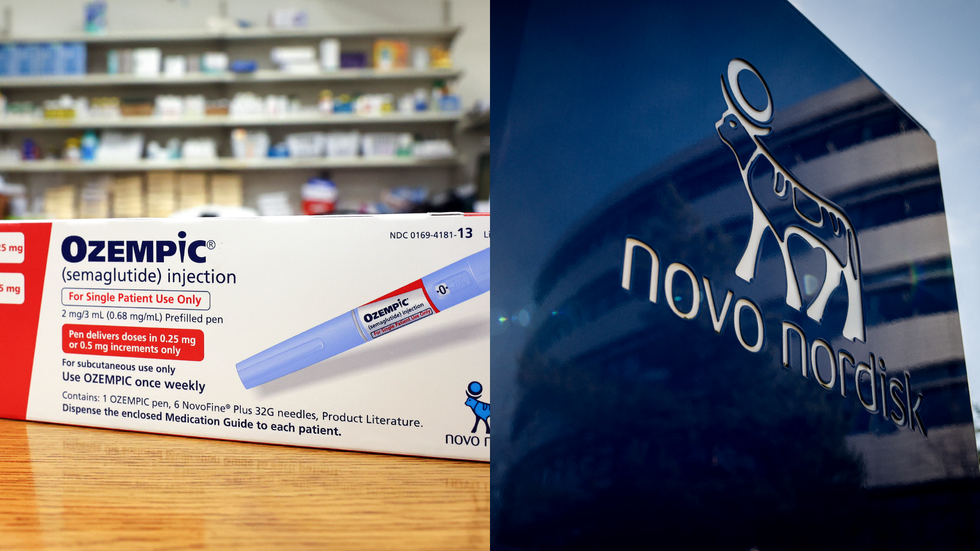Las Vegas may be known worldwide for its bright lights and casino culture, but recent findings from Gambling.com reveal a surprising reality: Oklahoma is home to the largest casino in the United States and three others ranked among the nation’s top ten.
These venues, many of them operated by Native American nations, combine vast gaming floors with extensive entertainment, dining, and resort offerings. Here’s a detailed look at the four Oklahoma casinos dominating the U.S. rankings.
1. WinStar World Casino & Resort – Thackerville, Oklahoma
Established in 2003 and owned by the Chickasaw Nation, WinStar World Casino & Resort is not only the largest casino in Oklahoma but also the largest in the United States — and was once the largest in the world. Located in Thackerville, it spans an extraordinary 519,000 square feet of gaming space.
The casino’s layout features themed areas inspired by iconic cities such as London, Paris, Cairo, and New York. Visitors can enjoy:
Slot machines: Over 7,500 currently, with numbers previously reaching close to 10,000.
Table games: 99 tables spread across three gaming pits.
Poker: 47 tables in an expansive poker room.
Additional gaming: A bingo hall and a sportsbook.
While the number of table games is lower than some competitors, the sheer scale of its slot machine offerings makes WinStar a major draw. Over recent years, parts of the gaming area have been reallocated for non-gaming activities, including:
Entertainment: Lucas Oil Live music arena and the Global Events Center.
Recreation: An on-site golf course.
Dining & leisure: Numerous restaurants, pubs, and bars.
Accommodation includes 1,499 hotel rooms, and there are over 20 dining options. Designed primarily for adults, the property offers limited family-oriented activities outside of its pools.
2. Choctaw Casino Resort – Durant, Oklahoma
The Choctaw Casino Resort in Durant, opened in 2006 as the Choctaw Bingo Palace, has since evolved into one of the most popular gaming destinations in the region. It is the seventh-largest casino in the U.S. and a major stop for poker professionals, regularly hosting World Series of Poker Circuit events twice a year.
Key statistics include:
Gaming floor: 219,000 square feet.
Slot machines: 7,400.
Table games: 100.
Poker tables: 30.
The property attracts approximately 1.2 million visitors annually, many from neighbouring Texas, where casinos are prohibited. Beyond the gaming, the resort offers a wide array of family-friendly amenities, such as an arcade, bowling alley, movie theatre, and multiple swimming pools.
Choctaw also operates a racebook and has secured a partnership with a sports betting operator, ready to launch a sportsbook if legislation permits.
The resort has 1,600 hotel rooms and 20 dining outlets, making it one of the most comprehensive casino-resorts in the country for both gaming and non-gaming experiences.
3. RiverWind Casino – Norman, Oklahoma
Owned and operated by the Chickasaw Nation, RiverWind Casino offers 219,000 square feet of gaming space, matching Choctaw in floor size but with a more compact resort setup.
Gaming facilities include:
Slot machines: 2,800.
Table games: 45, including classics like blackjack and roulette.
Poker tables: 11 in a dedicated cash gaming room.
While it lacks a sportsbook, the property operates an off-track betting facility for horse racing. Its hotel is boutique-sized, with 100 rooms, reflecting its smaller accommodation focus compared to Oklahoma’s larger casino resorts.
RiverWind’s entertainment offerings are a notable highlight, with the 1,500-seat Showplace Theatre hosting big-name acts such as BB King and ZZ Top. Dining options total eight, catering to a variety of tastes.
4. River Spirit Casino Resort – Tulsa, Oklahoma
Ranked ninth among the largest U.S. casinos, the River Spirit Casino Resort is owned by the Muscogee (Creek) Nation. With 212,000 square feet of gaming space, it houses both the River Spirit Casino and Margaritaville Casino & Restaurant within its premises.
The gaming selection includes:
Slot machines: 3,100.
Table games: 45.
Poker tables: 12.
The property’s 480-room hotel and 13 dining options elevate it to full resort status. Entertainment is another major feature, with The Cove, a 2,500-seat theatre, hosting concerts, comedy shows, mixed martial arts events, and boxing matches. Live music is a regular weekend draw.
Like WinStar, the venue is geared toward adults, with limited activities for children beyond a tropical-themed pool area.
Other major casinos in the United States
While Oklahoma dominates the list, several other states are home to massive casinos worth noting:
Mohegan Sun (Connecticut): 350,000 sq. ft., two casinos, over 300 table games, family-friendly attractions.
Foxwoods Resort Casino (Connecticut): 344,000 sq. ft., 3,500 slot machines, over 250 table games, owned by the Pequot Tribal Nation.
Yaamava Resort & Casino (California): 290,000 sq. ft., largest slot collection on the West Coast with 7,200 machines.
Thunder Valley Casino Resort (California): 250,000 sq. ft., over 3,000 slots, 100+ table games, large poker room.
Seminole Hard Rock Hotel & Casino (Florida): 245,000 sq. ft., largest gaming floor in Florida.
Encore Boston Harbor (Massachusetts): 210,000 sq. ft., luxury five-star resort opened in 2019.
Conclusion
Las Vegas may retain its international reputation as the entertainment capital of the world, but when it comes to sheer scale, Oklahoma has firmly established itself as the epicentre of American casino gaming.






 Novo Nordisk launches Ozempic in India as diabetes cases climb Getty Images
Novo Nordisk launches Ozempic in India as diabetes cases climb Getty Images  Ozempic weekly pens now available in India for type 2 diabetesiStock
Ozempic weekly pens now available in India for type 2 diabetesiStock  India gets Ozempic as obesity and diabetes numbers riseiStock
India gets Ozempic as obesity and diabetes numbers riseiStock  Doctors say Ozempic helps blood sugar and weight management in adultsiStock
Doctors say Ozempic helps blood sugar and weight management in adultsiStock





